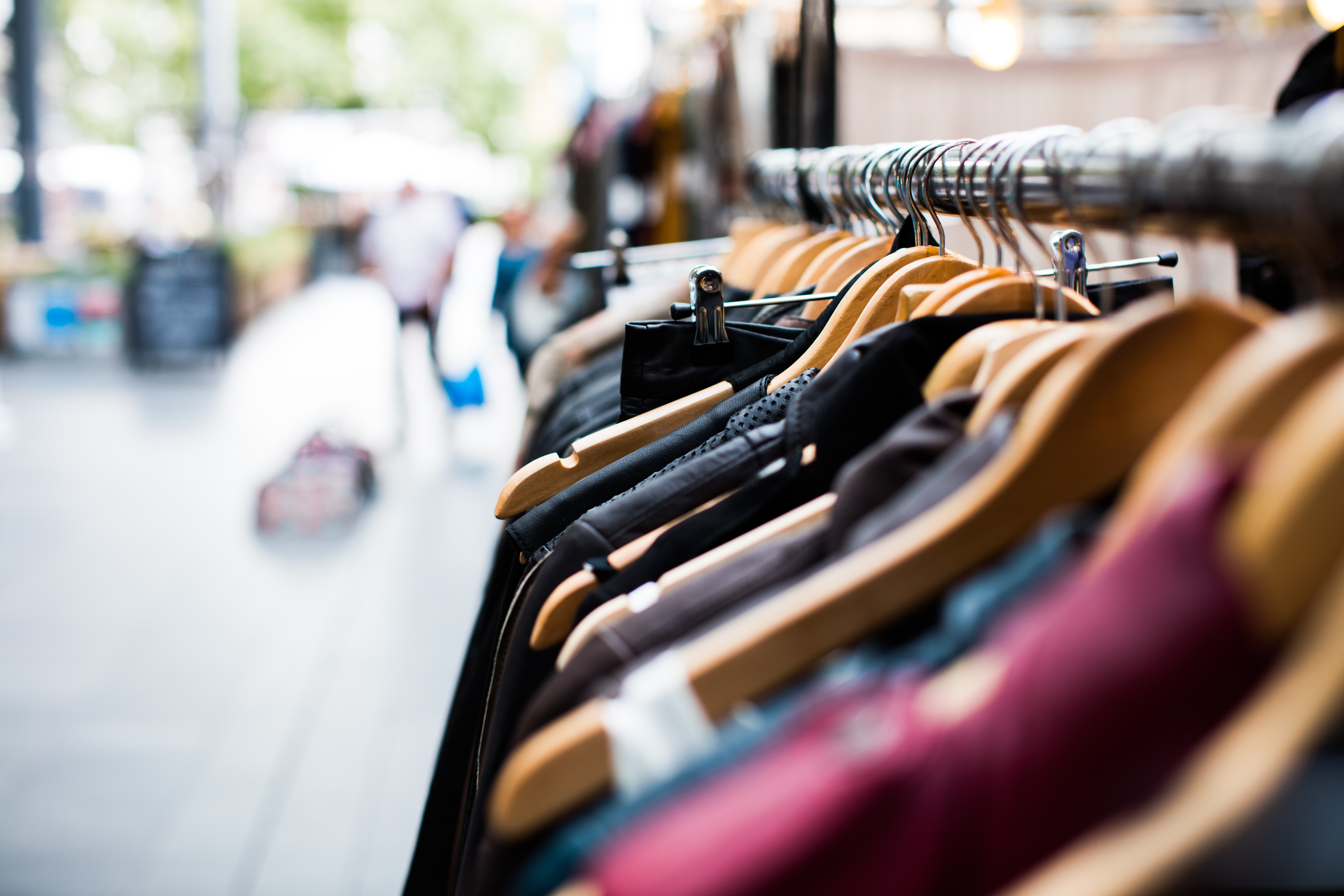Doing Sustainability Imperfectly. About Fashion And Its Supply Chain.
 Fashion
Fashion

There is a huge pressure for perfection when it comes to sustainability in fashion. Sure we want all fashion brand fully sustainable now. But that is impossible even if they have the best intentions to change.
By now I think everyone has noted the bad reputation the fashion industry has received for its unsustainable practices. As well as the statistics accompanied by this reputation, including the volume of water consumed at 79 billion cubic meters and predictions that the industry’s CO2 emissions will rise by 60% by 2030. Not to mention the fact that 57 million tons of waste will be generated annually between 2015 and 2030.
But in an effort to improve on this situation, the responsibility to reduce the waste and resources needed to keep up with the pace of the fashion industry has somehow fallen onto the lap of the consumer. Numbers focus on the amount of clothing the consumer is buying, while also encouraging them to wash and care for their clothes more ecologically.
Why Has the Consumer Become Responsible?

It seems futile to convince every consumer to change their habits, when we know the huge power the providers of fashion – the retailers and brands themselves – possess. In fact, they are responsible for causing this insatiable need for more clothing in the first place. Fast fashion companies decided to make the shift from two fashion seasons to, in some cases, 52 “microseasons” per year. Coupled with the decision to produce clothing at an incredibly cheap price, which can only achieved through unsustainable practices, such as child labour.
Transforming the fashion industry into something more sustainable seems only attainable – and just – if the businesses themselves step up and use their power and influence for good. And I’m not alone in thinking this: a Nielsen report claims 81% of respondents feel strongly that companies should help improve the environment.
But Wait …. There’s Hope
The good news is some companies already have. A handful have based their entire company around their attempt to make fashion more sustainable. One example is the outdoor clothing company Patagonia, which have run several campaigns, seemingly to educate consumers on the impact their purchases can have on the environment. Including the Don’t Buy This Jacket campaign that encouraged people to only buy what they need or the Worn Wear campaign that inspires customers to repair their clothing items, rather than replace them.
Similarly, the shoe brand TOMS tries to be sustainable by making a positive impact on the world. One for One® is a business model that began by promising every pair of shoes sold would equate to a pair of new shoes given to a child in need. The company went on to roll this model out for eyewear and now has given more than 35 million pairs of new shoes to children in need and helped restore sight to over 250,000 people.
Under The Surface It’s Not That Simple
Despite these two companies appearing to act sustainably, onlookers are only too happy to poke holes in their efforts. TOMS’s model is effective in terms of sales and awareness because the knock on positive effect for the consumer is clear: ‘If I buy this, I will impact a person this way’. Which it much more tangible than offering a certain percentage of profits to an unknown charitable organization.
If only it were that easy. But more than a simple, clear quick fix is needed to solve the problems that led these children to this situation. Infrastructure as a means for these communities to generate their own wealth would be the vehicle to cause a real impact.
There are also issues with Patagonia’s stance. As a brand that appears to encourage its buyers to be more sustainable, it looks to this engaged community to sell clothing to. How many people do you think bought the jacket featured in the Don’t Buy This Jacket campaign?
On its own website, Patagonia claims the act of buying itself isn’t the problem. But it’s clear consumers’ need to fill their closets to bursting (with stuff they never wear) says otherwise. Even sustainable fashion brands have an agenda to encourage people to buy – otherwise they would no longer exist. Which leads to a sometimes hypocritical clash in what they say and what they do.
Sustainability is Hard

But what we must remember is sustainability is hard. If you have ever tried to live 100% sustainably you will already have realized this. Every piece of our lives is connected to something that probably a few stages down the supply chain isn’t really that sustainable. Now try to iron out everything unsustainable for thousands of employees and vendors.
So start doing sustainability imperfectly.
Despite both Patagonia’s and TOMS’s faults, they are at least opening their customers’ eyes and educating their audience on why sustainability is important – which is more that can be said for other (much larger) players in this space. As noted earlier, companies like these have a huge influence on the way society thinks. And changing the view consumers have on sustainably is the first hurdle.
What’s more – as food for thought – this influence may be becoming increasingly important. Only about half of millennials believe leaders of their current governments are committed to helping improve society or behave in an ethical manner. Simultaneously, the younger generations are speaking with their wallets in ways that seem different than previous generations. Choosing whether or not to make a purchase based on how closely a company aligns with their personal views, rather than their wants.
People are voting with their wallets meaning a sustainable business may at some point a means of survival, rather than a new marketing strategy.


